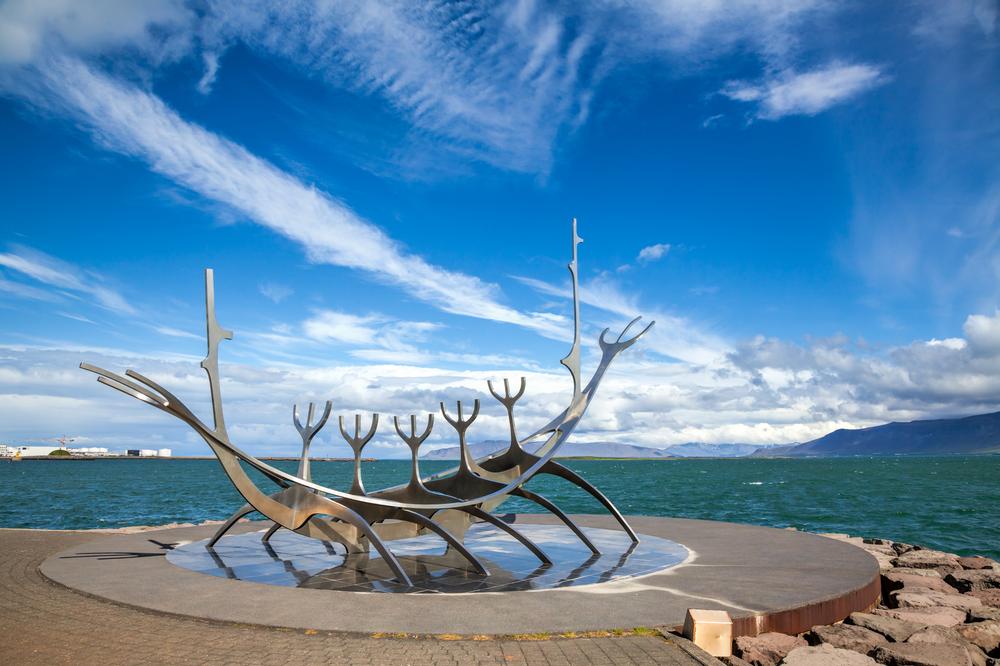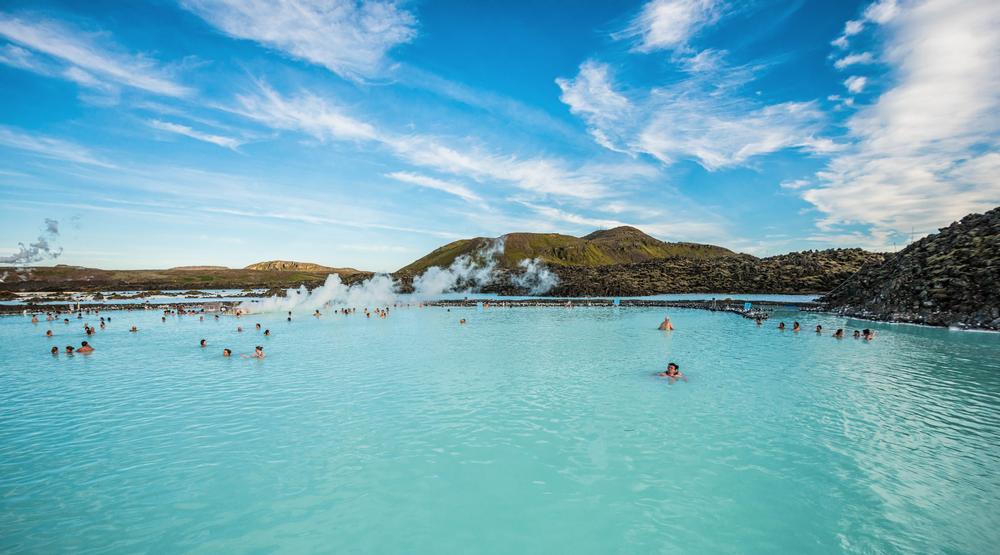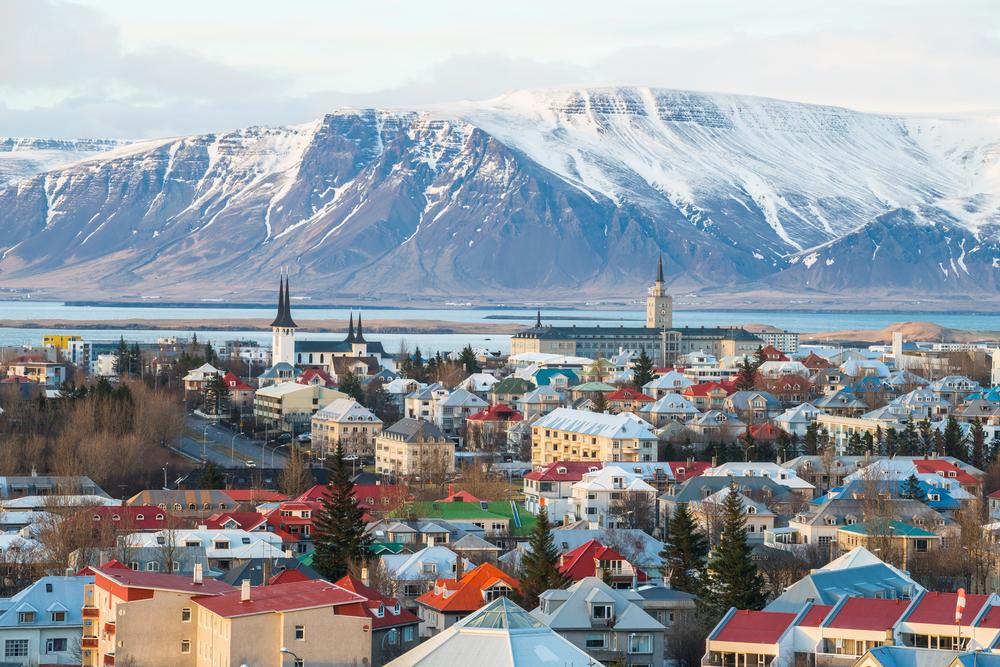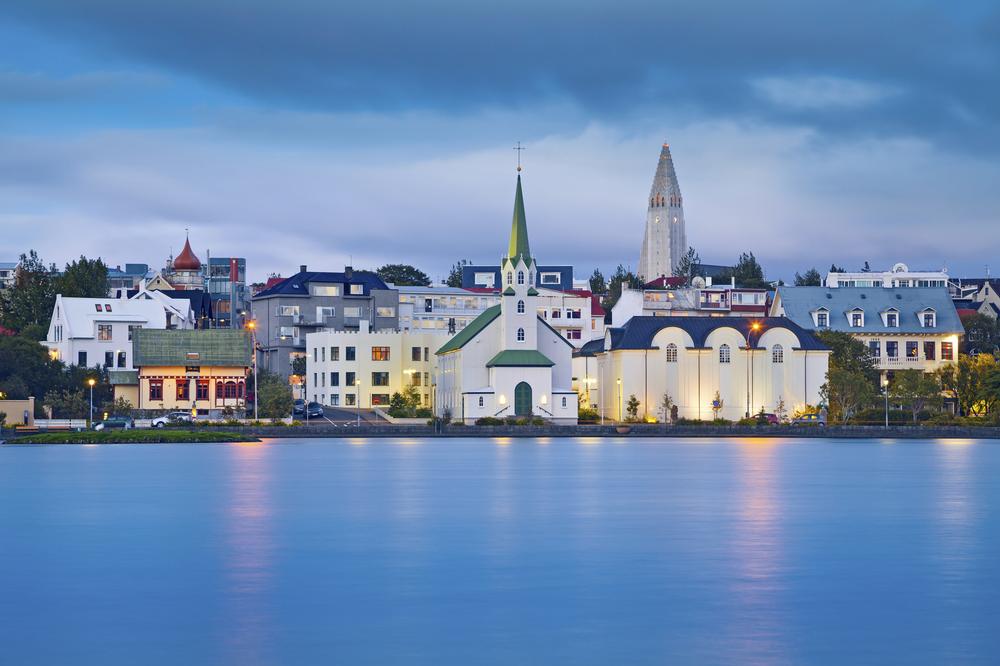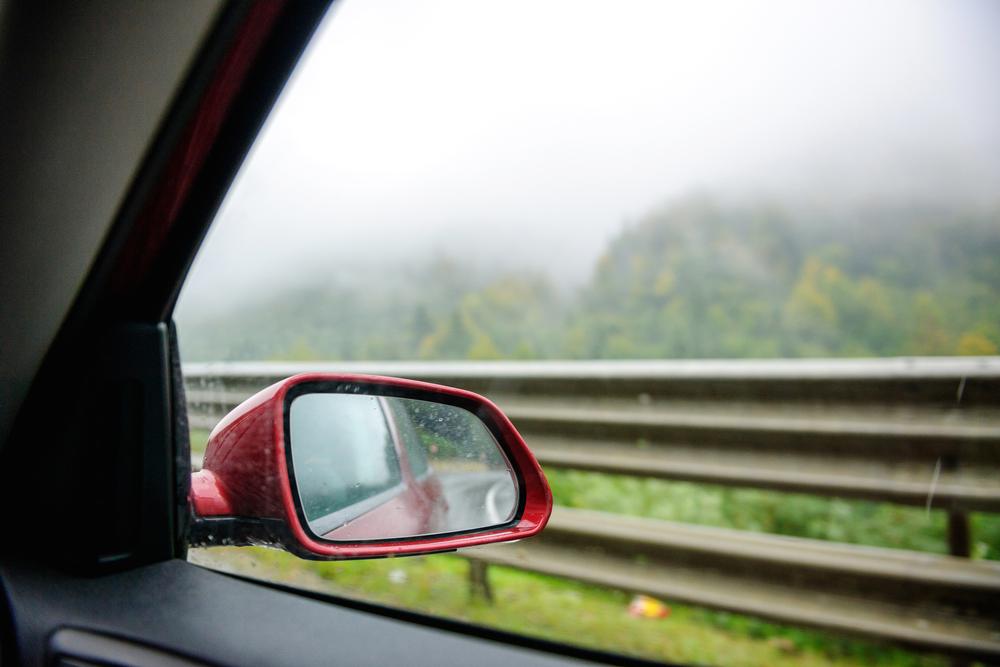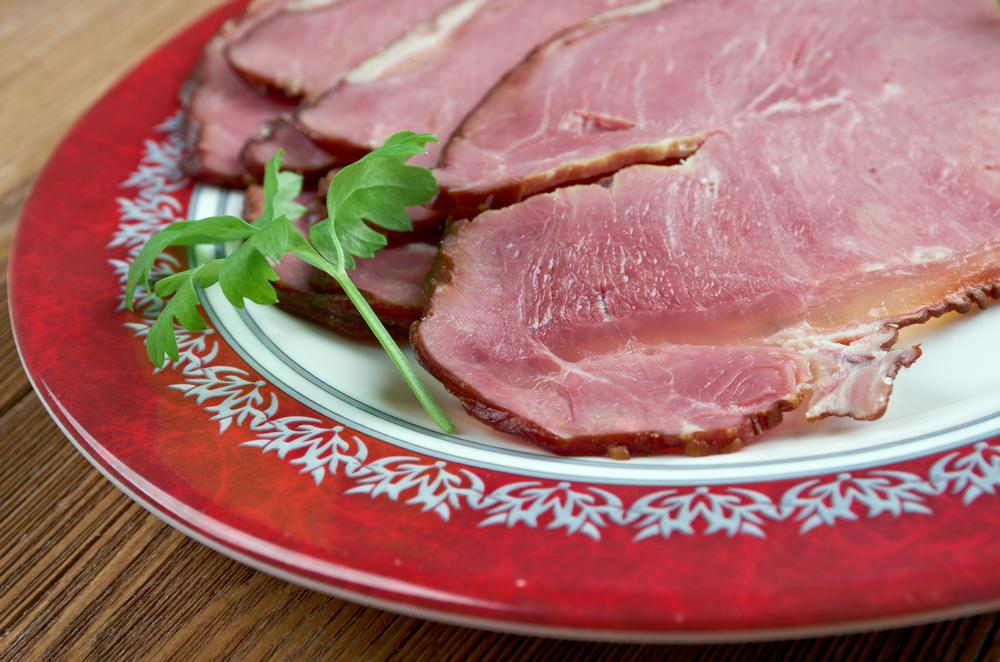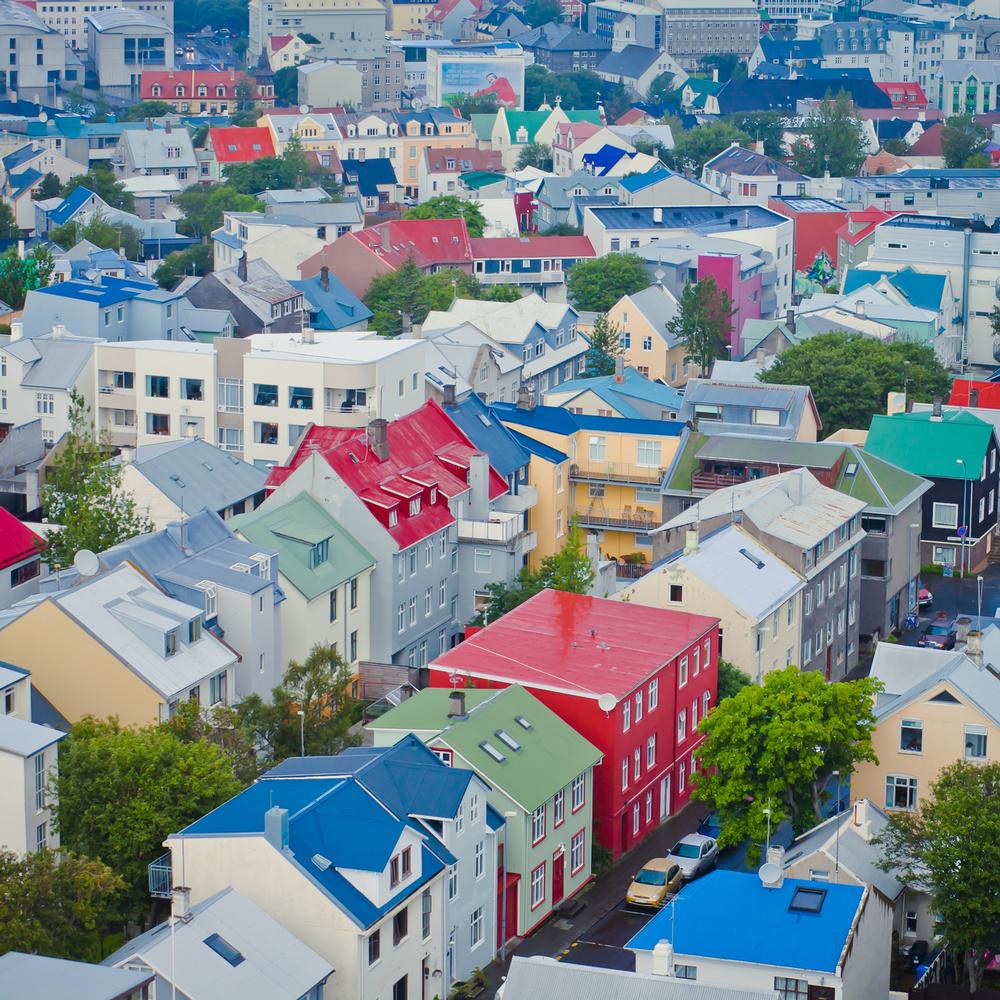-
What is the best time to visit Reykjavik, Iceland for pleasant weather?
- The best time to visit Reykjavik for pleasant weather is during summer, between June and August, when the weather is mild and the days are long, with almost 24 hours of sunshine from late June to early July (the “midnight sun”).
-
How does the weather in Reykjavik change during the summer season?
- During the summer months, Reykjavik enjoys pleasant weather with long days and almost continuous sunshine, making it the peak tourist season. However, this also means higher hotel prices and larger crowds.
-
When is the best time to visit Reykjavik for lower hotel rates?
- The best time to visit Reykjavik for lower hotel rates is during winter or the early fall and late spring. During these seasons, the weather is still comfortable, but there are fewer visitors, and room rates are more affordable.
-
What is the best time to visit Reykjavik for bird watching?
- Bird watching enthusiasts should plan to visit Reykjavik between April and May to catch the migrating birds like puffins and Golden Plovers.
-
When is the best time to enjoy Reykjavik’s waterfalls and lush landscapes?
- The best time to visit Reykjavik and enjoy Iceland’s waterfalls and lush landscapes is between early June and August, during the summer months when the weather is most favorable.
-
What is the best time to visit Reykjavik for autumn foliage?
- If you want to experience the best of Iceland’s autumn foliage, plan your visit between late October and early November.
-
When is the best time to explore Iceland’s glaciers?
- The best time to explore Iceland’s glaciers is between December and March, when the conditions are ideal for glacier tours.
-
When is the best time to see the Northern Lights in Reykjavik?
- To catch a glimpse of the Northern Lights in Reykjavik, visit between September and March, when the nights are longer, and the lights are more visible.
Weather by Month:
Plan Your Trip





